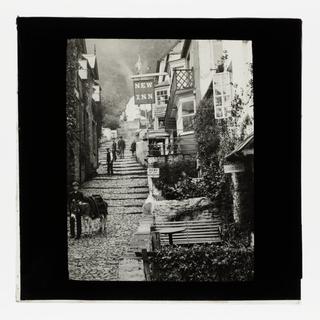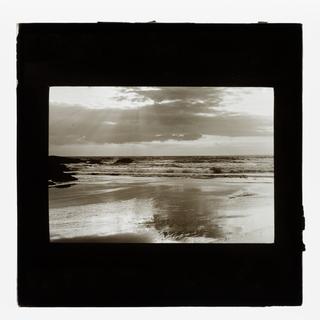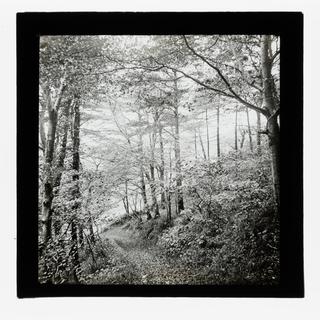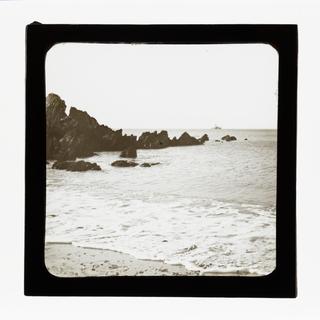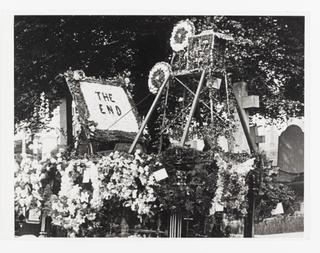IMAX Rolling Loop Cine Projector, 1982
IMAX rolling loop cine projector, manufactured by IMAX Corporation, Ontario, Canada, 1982. Incorporates unique 'rolling loop' film transport mechanism for 70mm film.
More
This IMAX projector was used at the National Museum of Photography, Film and Television from 1983 to 1997. It used 70 mm film run through the projector horizontally. This technique produces an area that is about 8.3 times as large as the 35 mm format, and about 3.4 times as large as 70 mm film run through the projector vertically. It was often referred to as 1570, 70mm for the film size and 15 for the number of perforations per frame. Film moved through the projector at 1.7 metres per second.
The film was fed into the projector body and around a large ring or rotor; gaps at fixed intervals generated a loop of film that grew as it approached the aperture, it was held there briefly by a vacuum whilst the frame was illuminated. This motion occurred twenty-four times a second and was gentle enough to prevent damage, the perforations serving only to correctly position the frame rather than transport it. This system was called the rolling loop.
- Measurements:
-
overall: 1610 mm x 1610 mm x 1540 mm,
- Materials:
- electronic components , metal (unknown) and plastic (unidentified)
- Object Number:
- 1999-5149/1
- type:
- projector and cine camera projector

